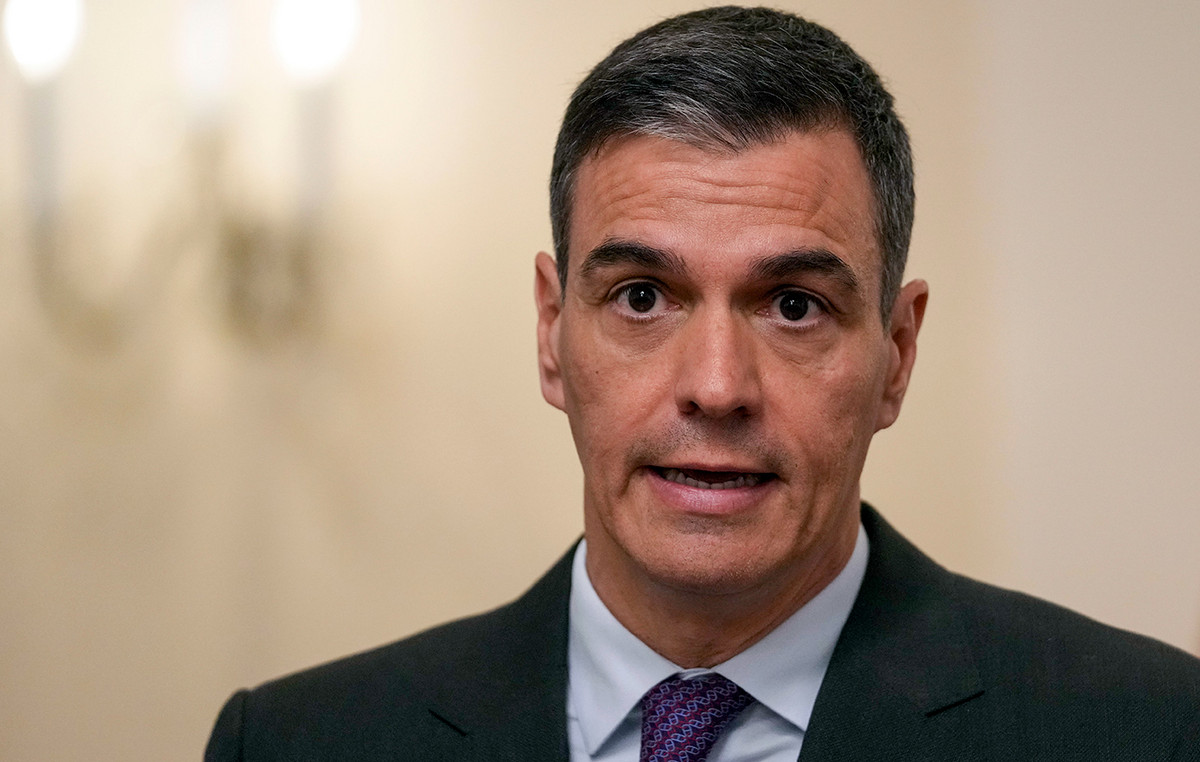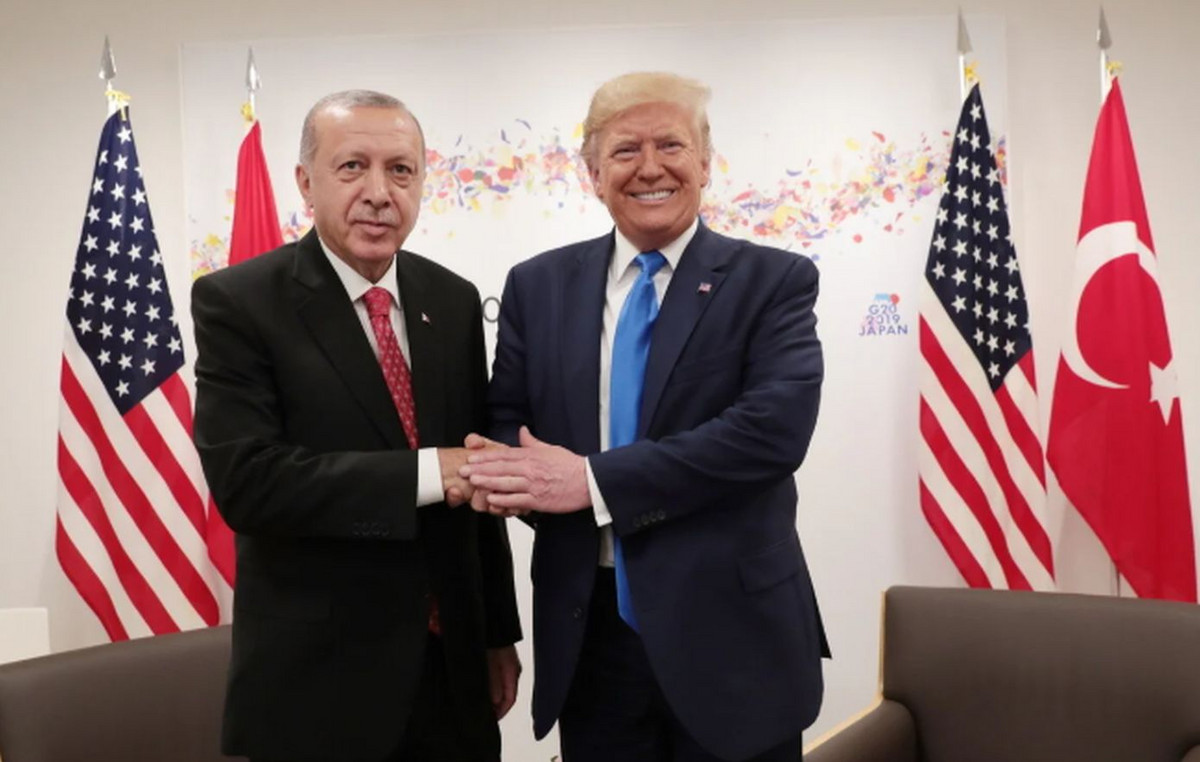- US Dollar Index shoots above 106.50 on Monday.
- DXY rises boosted by Trump’s warnings about tariffs against BRICS nations
- Strong November ISM Manufacturing PMI helps USD.
The US Dollar Index (DXY), which measures the value of the USD against a basket of currencies, has risen above the 106.50 level on Monday, the first trading session in December. This upward movement has been driven by several factors, including the news that US President-elect Donald Trump favors imposing tariffs on products from Brazil, Russia, India, China and South Africa and other interested nations. in joining a future BRICS currency. Strong November PMI data from ISM has also helped boost the DXY.
Daily Market Summary: US Dollar Gains Nearly 1% to Start Week
- News that Donald Trump plans to impose tariffs on countries intending to join the BRICS currency has strengthened the US dollar.
- On the data front, the ISM Manufacturing Purchasing Managers’ Index (PMI) rose to 48.4 in November, signifying a milder rate of contraction in the US manufacturing sector compared to the value of October 46.5.
- The Employment Index within the PMI survey rose to 48.1 in November from 44.4 in October, indicating an improvement in job creation within the manufacturing sector.
DXY Technical Outlook: Upward trajectory likely to continue with resistance at 108.00
Technical indicators, including the Relative Strength Index (RSI) and Moving Average Convergence/Divergence (MACD), are signaling that the recent period of dollar consolidation may be coming to an end.
In that sense, the 108.00 level could be tested again. Furthermore, the recovery of the 20-day Simple Moving Average (SMA) has improved the short-term outlook.
The US Dollar FAQs
The United States Dollar (USD) is the official currency of the United States of America, and the “de facto” currency of a significant number of other countries where it is in circulation alongside local banknotes. According to 2022 data, it is the most traded currency in the world, with more than 88% of all global currency exchange operations, equivalent to an average of $6.6 trillion in daily transactions. After World War II, the USD took over from the pound sterling as the world’s reserve currency.
The single most important factor influencing the value of the US Dollar is monetary policy, which is determined by the Federal Reserve (Fed). The Fed has two mandates: achieve price stability (control inflation) and promote full employment. Your main tool to achieve these two objectives is to adjust interest rates. When prices rise too quickly and inflation exceeds the 2% target set by the Fed, the Fed raises rates, which favors the price of the dollar. When Inflation falls below 2% or the unemployment rate is too high, the Fed can lower interest rates, which weighs on the Dollar.
In extreme situations, the Federal Reserve can also print more dollars and enact quantitative easing (QE). QE is the process by which the Fed substantially increases the flow of credit into a clogged financial system. This is an unconventional policy measure used when credit has dried up because banks do not lend to each other (for fear of counterparty default). It is a last resort when a simple lowering of interest rates is unlikely to achieve the necessary result. It was the Fed’s weapon of choice to combat the credit crunch that occurred during the Great Financial Crisis of 2008. It involves the Fed printing more dollars and using them to buy US government bonds, primarily from financial institutions. QE usually leads to a weakening of the US Dollar.
Quantitative tightening (QT) is the reverse process by which the Federal Reserve stops purchasing bonds from financial institutions and does not reinvest the principal of maturing portfolio securities in new purchases. It is usually positive for the US dollar.
Source: Fx Street
I am Joshua Winder, a senior-level journalist and editor at World Stock Market. I specialize in covering news related to the stock market and economic trends. With more than 8 years of experience in this field, I have become an expert in financial reporting.







